.
Scarlet Pimpernel
Amassing clouds—the air still warm;
But you, my scarlet pimpernel,
You sense that there’s a coming storm,
Compress your petals, and transform
To brave the current’s rising swell.
.
The pimpernel is also called the “old man’s weathervane” because it closes when there’s a drop in atmospheric pressure and approaching bad weather.
.
.
Alberta Clipper
Small wonder you can’t sleep. A strong
Alberta Clipper’s passing through.
The windows rattle all night long.
You lie awake—what else to do?
Relax—it’s winter’s arctic song.
.
The Alberta Clipper: a weather system that originates in the province of Alberta, Canada. It sweeps to the Northeast, bringing cold air, high winds, and snow squalls.
.
.
Winter Dreaming
It’s winter. Draw the blankets o’er
Your head and sleep, my darling, sleep;
The arms of Morpheus to keep
You safe on some idyllic shore.
Lie dormant, save for dreaming deep.
.
Morpheus: god of sleep and dreams
.
.
Emily
She fell and broke a major bone.
At least she didn’t live alone.
They moved her to a nursing home,
No more to see the old hearthstone;
But soon, she’ll taste the honeyed comb.
.
.
Puddle Jumping
She’s puddle jumping in the rain.
Don’t ask her why—she can’t explain.
Just know that it’s a lot of fun
To splish and splash before the sun
Comes out to recommence its reign.
.
.
Cheryl Corey is a poet who lives in Connecticut. “Three Sisters,” her trio of poems about the sisters of Fate which were first published by the Society of Classical Poets, are featured in “Gods and Monsters,” an anthology of mythological poems (MacMillan Children’s Books, 2023).



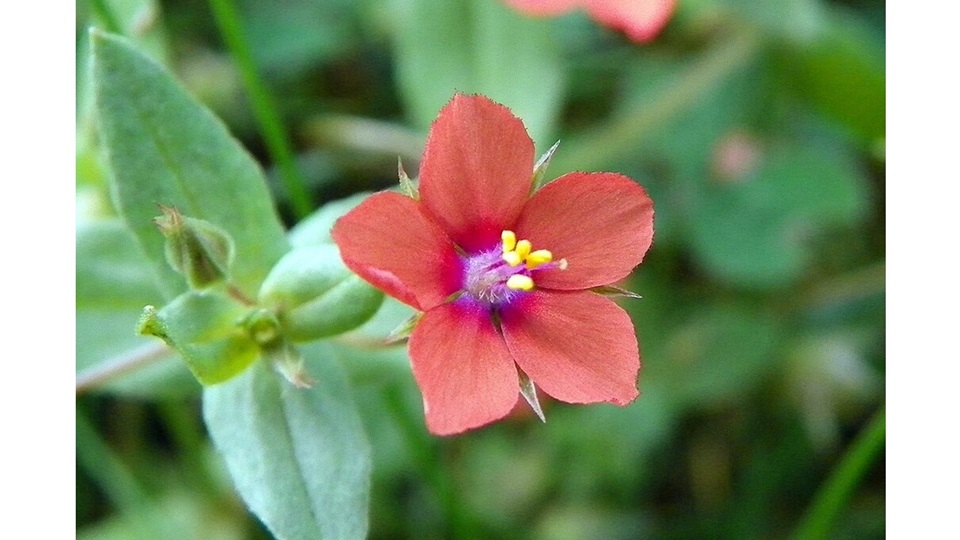


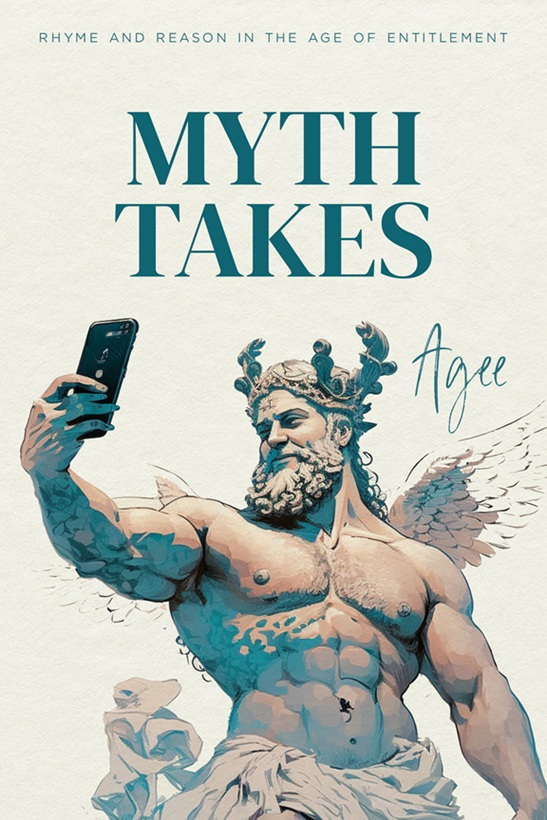
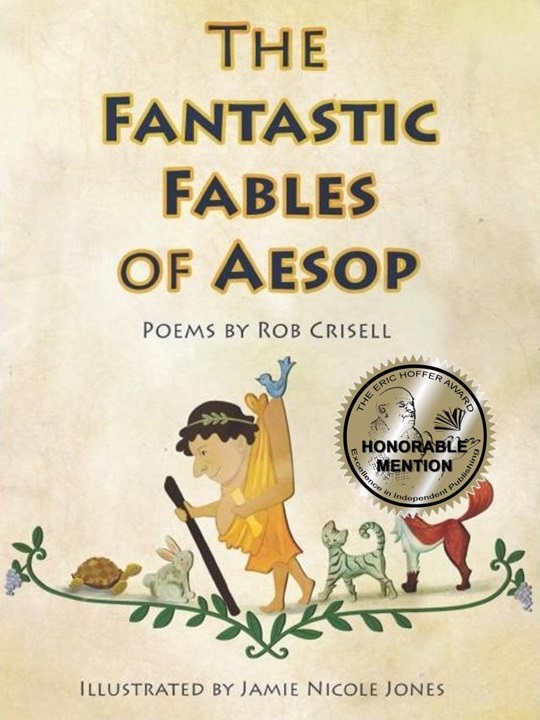
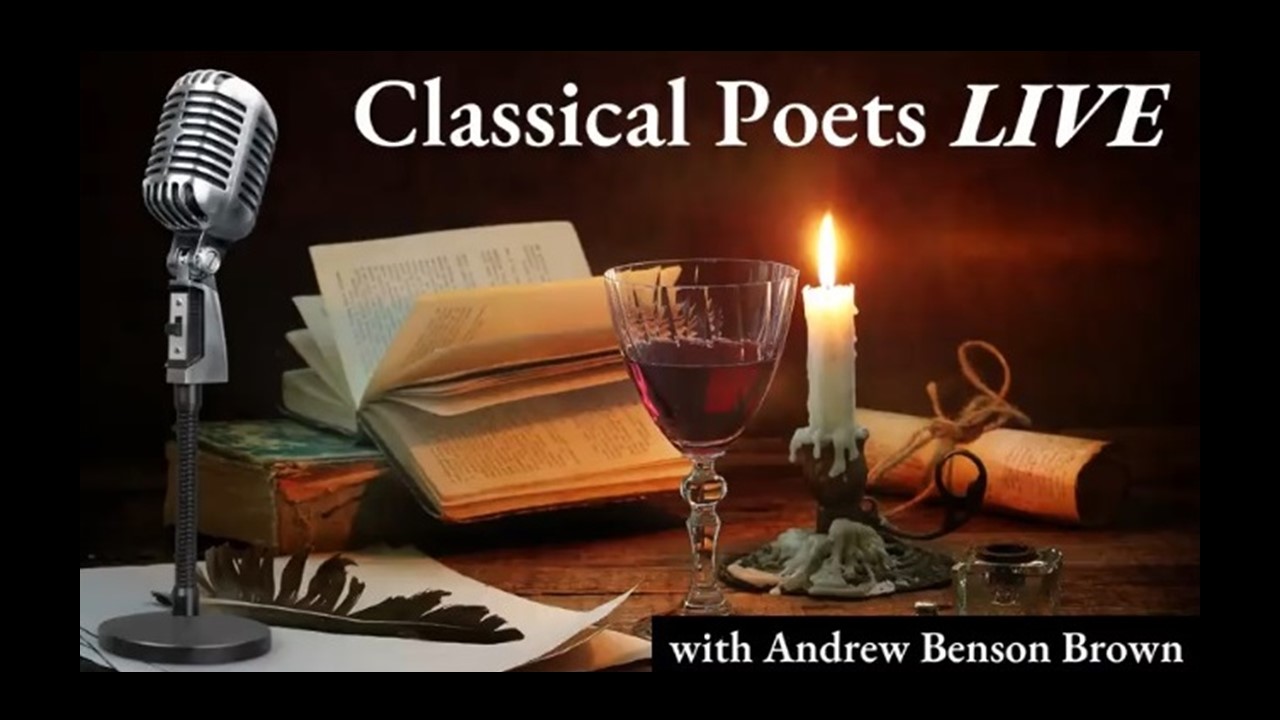

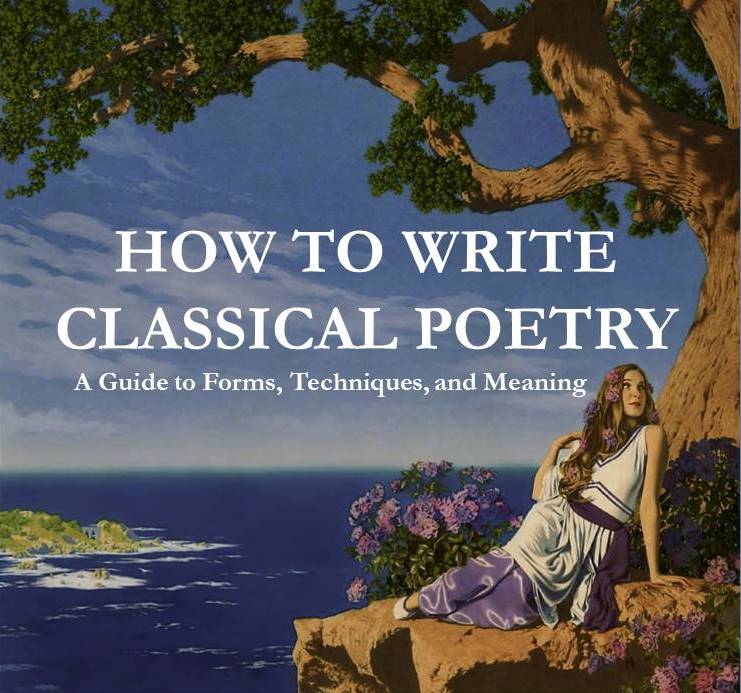




5 x 5! What a clever way to present these poems. All five are charming. I knew the Alberta Clipper reference but learned about the pimpernel from your thankfully well-placed note.
Roy, I found that you can compress a lot into this brief stanza. I felt like I was writing miniature stories.
Beautiful use of enjambment, nice mix of rhyme schemes and perfect use of meter. Each poem succinctly makes it’s point. Yes, less is more. A nice challenge for other poets to up our game.
Thank you for commenting, Bill. I’ve set myself a goal to up my own game this year–to write in a greater variety of forms, of which there are many. Will I succeed? Maybe, maybe not; but I have to at least try! I have a list!
Cheryl, I thoroughly enjoyed reading these five delightful Quintilla poems – what a beautiful and intriguing form. I especially enjoyed the first and the last – “Scarlet Pimpernel” because you bring this magical flower to life so beautifully, and “Puddle Jumping” because the joy you conjure in your wonderfully woven words is contagious. Cheryl, thank you!
The quintilla, a Spanish form, is a 5-line stanza of eight syllables per line. It uses just two rhymes, with at least two “a” rhymes and two “b” rhymes, but no ending couplet. Five standard rhyme schemes are: abaab; ababa; abbab; aabab; and aabba. My goal was to present one stanza of each rhyme scheme.
These are lovely little pieces — each one is neatly composed and perfectly lucid.
This quintilla form is in my view preferable to the haiku, since it allows for fuller comment and clarity. The early modernists and imagists loved the haiku, because it seemed to encapsulate the reticence and tight-lipped suggestion that they favored. But this quintilla allows the poet to make a full declarative statement, and even a small argument.
Thank you! I agree with your assessment regarding haiku vs. quintilla.
When I first read about the pimpernel before I saw your note, I thought it was the famous pimpernel from the French revolution, who was a British gentleman, but who rescued nobility from the guillotine
I enjoyed all of these and especially the one about the mud splasher because that is who I was as a kid
Thank you for Sharing
The puddle jumper was the last one I did. I was trying to think of a subject and happened to have a watercolor I painted of a girl jumping in a puddle. Serendipity!
These five quintillas are truly charming and well-crafted, Cheryl. I have never heard of the quintilla form and find it quite intriguing. Five lines, each containing eight syllables and no more than two rhymes per poem. It’s very well-suited for a singular pointed observation. It has the same number of lines as the limerick but somehow seems to avoid the limerick’s sing-songy quality and, therefore, seems more suited to a serious (or simply pensive) theme.
Your observation about the limerick is interesting. It never occurred to me; and you’re right–the quintilla is well-suited to any number of themes. I’d say that the first three are the pensive ones; the second (about one of my aunts) is serious; and the last one is a bit silly. I’m glad that you enjoyed them.
Dear Cheryl,
I learned something, I enjoyed stories, I bounced with the beat, and I leave inspired to try my hand at a new form.
Thank you for sharing this delightful poems!
Gigi
Go for it, Gigi!
Fascinating, Cheryl. I’ve only seen quintillas as stanzas in longer poems. Here I especially like “Alberta Clipper.” It’s a narrative with distinct characters and definite tone, as well as a descriptive poem so good you hardly need the note. I wonder if you have read others such that you have some favorites.
I’ve read a few samples, but nothing that wowed me. I think they would be great to link for a longer poem. As this was my first attempt, however, I just wanted to master the basics.
All five of these are beautiful, Cheryl. Emily stands out as being a bit different and quietly tragic. The others all bring out the glorious joys of cold, wet and stormy weather in a very cheerful way.
Emily stood out for me as well. We’ve got 2 aging parents who recently had major bone breaks. It’s amazing what you can do in 5 short lines and I liked the “honeyed comb” reference to reach a hopeful conclusion.
The compact structure pushed me to try and get the most out of every word and line. What I had in mind with “honeyed comb” was a reference to heaven.
Thanks, Morrison. It seems that Nature never ceases to provide inspiration for our poems.
Many thanks to Evan for finding a photo of a pimpernel to accompany my poetry!
Charmed by these charming miniatures. Back before photos, people would carry about a small miniature painting of a loved one. Those miniatures required skill and talent for the artist to create a recognizable image that would bring the absent loved one into a tangeable present. Your poems reminded me of that type of craft, where you used your poetic skill and talent to create miniatures that bring present to us what would otherwise distant and removed. As I said, charming!
I’m pleased that you enjoyed them, James. The difference? Those people had to pay the artist. My poems are free!
These are all lovely, and I love the form, so thank you for making me aware of it.
Cheryl – Isn’t it fun to tell a story or express a message in a modicum of words? I enjoyed each one of these. Nicely done!
Hi Cheryl. I’m looking for exceptional rhyming poets to participate in my poetry group/monthly e-zine/annual paperback anthology, and… loved you poems and am hoping to convince you to join us there: https://www.facebook.com/groups/184972343500393/